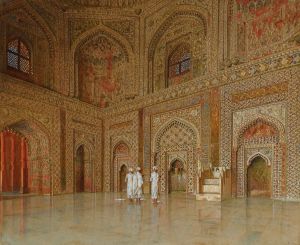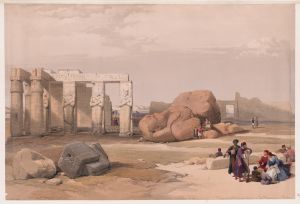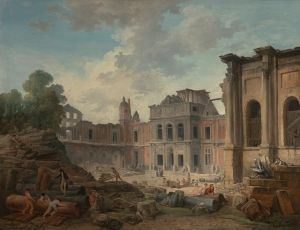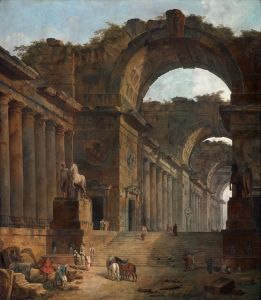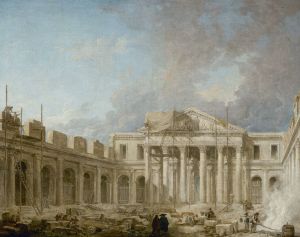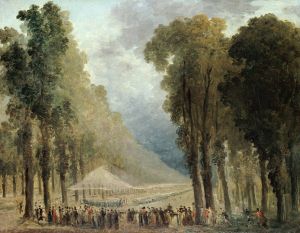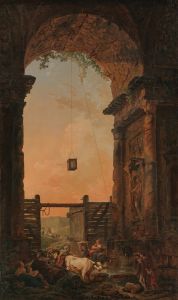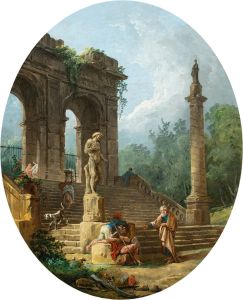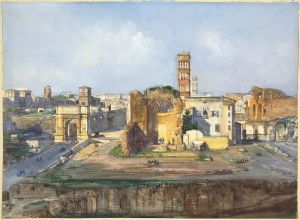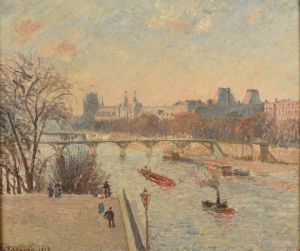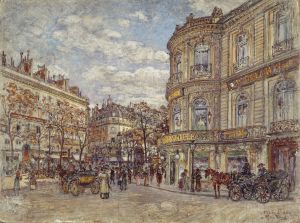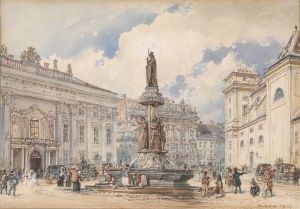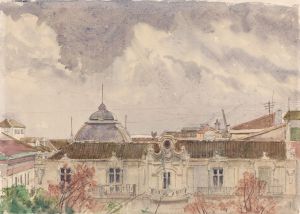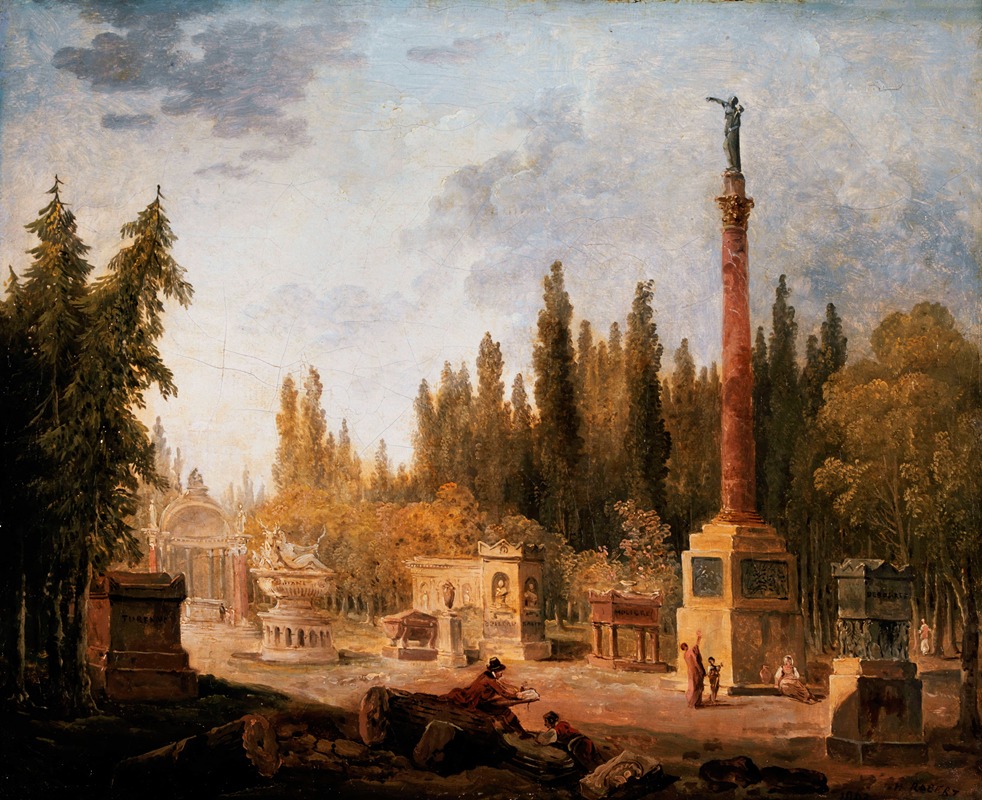
Le Jardin du Musée des monuments français, ancien couvent des Petits-Augustins
A hand-painted replica of Hubert Robert’s masterpiece Le Jardin du Musée des monuments français, ancien couvent des Petits-Augustins, meticulously crafted by professional artists to capture the true essence of the original. Each piece is created with museum-quality canvas and rare mineral pigments, carefully painted by experienced artists with delicate brushstrokes and rich, layered colors to perfectly recreate the texture of the original artwork. Unlike machine-printed reproductions, this hand-painted version brings the painting to life, infused with the artist’s emotions and skill in every stroke. Whether for personal collection or home decoration, it instantly elevates the artistic atmosphere of any space.
Le Jardin du Musée des monuments français, ancien couvent des Petits-Augustins is a painting by the renowned French artist Hubert Robert. Known for his landscapes and architectural scenes, Robert was a prominent figure in the 18th century art world, particularly celebrated for his ability to capture the essence of ruins and historical sites with a romantic sensibility.
This particular painting, created in the late 18th century, depicts the garden of the Musée des Monuments Français, which was housed in the former convent of the Petits-Augustins in Paris. The Musée des Monuments Français was established during the French Revolution by Alexandre Lenoir in 1795. Its purpose was to preserve France's architectural heritage, which was at risk of destruction during the revolutionary fervor. The museum became a repository for sculptures, monuments, and architectural fragments salvaged from churches, abbeys, and other historical sites that were being demolished or repurposed.
The setting of the painting, the convent of the Petits-Augustins, has its own historical significance. Originally built in the 17th century, the convent was home to the Augustinian order until the Revolution. After the dissolution of religious orders, the site was repurposed to house the museum. The garden, as depicted by Robert, served as an open-air exhibition space where visitors could stroll among the salvaged artifacts, experiencing a curated journey through France's architectural history.
Hubert Robert's painting captures the tranquil and contemplative atmosphere of the garden. His composition often includes a blend of natural elements and architectural features, creating a harmonious balance between nature and human-made structures. In this work, Robert's use of light and shadow enhances the textures of the stone monuments and the lush greenery, inviting viewers to reflect on the passage of time and the enduring beauty of historical relics.
Robert's artistic style is characterized by his attention to detail and his ability to evoke a sense of nostalgia. His works often feature a romanticized view of ruins, suggesting both the grandeur of the past and the inevitable decay brought by time. This duality is evident in Le Jardin du Musée des monuments français, where the serene garden setting contrasts with the fragmented and weathered sculptures.
The painting not only serves as a visual record of the museum and its collection but also reflects the broader cultural and historical context of post-revolutionary France. During this period, there was a growing interest in preserving national heritage and a recognition of the importance of history in shaping national identity. Robert's work aligns with these themes, offering a visual narrative that celebrates the past while acknowledging its fragility.
Today, Hubert Robert is remembered as one of the leading painters of his time, and his works continue to be appreciated for their artistic merit and historical significance. Le Jardin du Musée des monuments français, ancien couvent des Petits-Augustins remains a testament to his skill in capturing the interplay between architecture, nature, and history, providing insight into a pivotal moment in France's cultural evolution.





